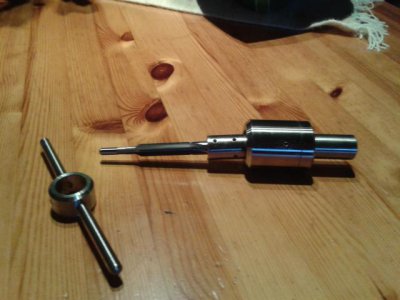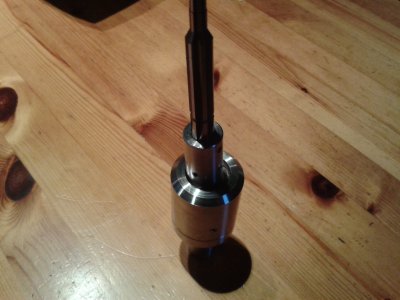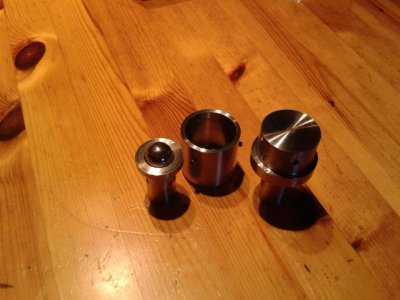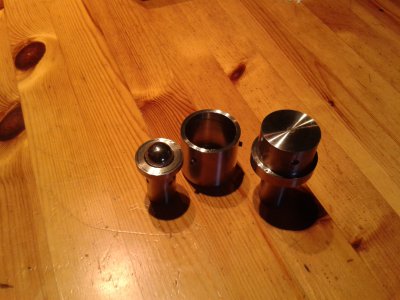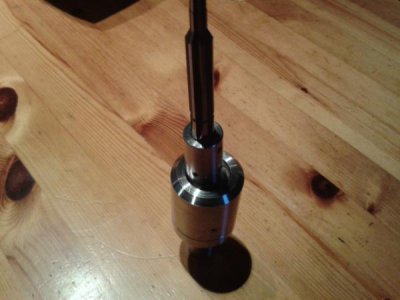- Joined
- Aug 22, 2012
- Messages
- 4,124
Made 6 of these,
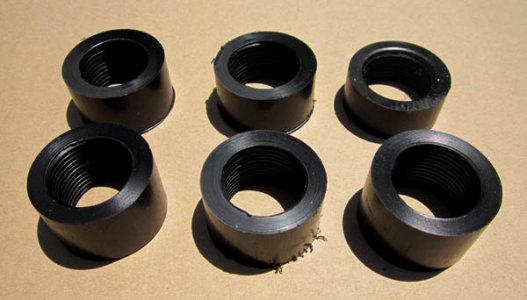
to replace 6 of these that are way too loose to tighten up to stop them leaking.
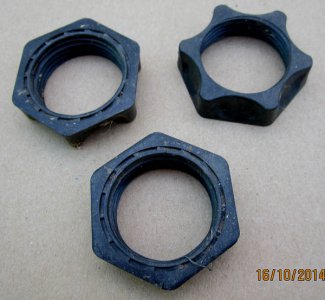
to make up 6 of these
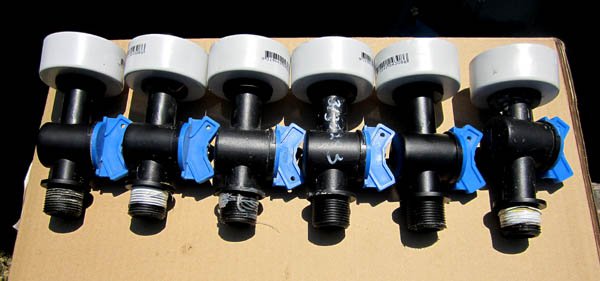
to go in here to even out the water delivery to the aquaponic garden.
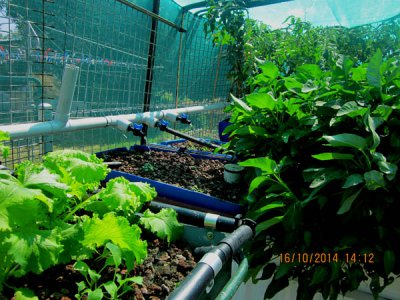
Now I can just pop the taps out the pipe work for easy cleaning.
I ground the internal thread tool but as the compound was inline with the cross slide and I was in a hurry I just wound out the cross slide to cut the thread on both sides of the bit. I got away with it I think because of the plastic.





to replace 6 of these that are way too loose to tighten up to stop them leaking.

to make up 6 of these

to go in here to even out the water delivery to the aquaponic garden.

Now I can just pop the taps out the pipe work for easy cleaning.
I ground the internal thread tool but as the compound was inline with the cross slide and I was in a hurry I just wound out the cross slide to cut the thread on both sides of the bit. I got away with it I think because of the plastic.






